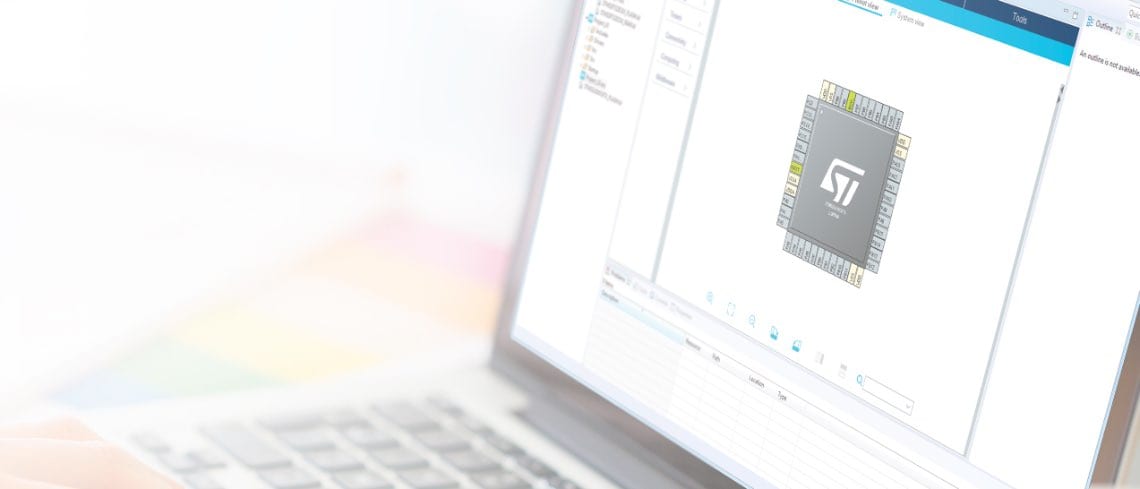ST recently released a series of videos to help developers start their projects faster and we wanted to take a look at some of them. With the release of STM32CubeIDE, the first integrated development environment with STM32CubeMX built-in, it is more important than ever to understand the STM32 software development tools available to all programers and decide whether to use a third-party IDE or our free solution. In either case, we offer STM32Cube packages and utilities to facilitate development operations and get the most out of our devices. However, after the launch of our free IDE, we released the video below to help enthusiasts and professionals understand the STM32Cube world and how STM32CubeIDE fits at the center of it.
SensorTile.box
Once developers have an arsenal of software they can rely on to do their best work, it’s essential to start with a platform that’s modern and reliable. As a result, we offer a video to help users get started with our new SensorTile.box (STEVAL-MKSBOX1V1), which offers powerful sensors and three user modes. It shows how to connect its battery and how to link the module to a smartphone using Bluetooth and our STBLESensor application for iOS and Android. The SensorTile.box is so user-friendly that programmers can start using feature-rich demo applications without typing a single line of code. Afterward, when they have a good understanding of what they can accomplish and how it will serve their application, they can enter the Pro Mode and program the SensorTile.box just like any of our development board.
LSM6DSOX
Once engineers are familiar with the SensorTile.box, they may decide to focus on a particular sensor to start optimizing their application. After all, most designs only need a fraction of the MEMS present in our SensorTile modules, and once they settle on a component, it becomes crucial to get the most out of it. For instance, choosing the LSM6DSOX, the first inertial sensor with machine learning, means having the power of a decision tree and finite state machines at the engineer’s fingertips. To ensure that they benefit from that power as soon as possible, the video below will walk them through the major concepts behind the sensors and show them how to use the Unico GUI. The tool will help them collect data that will work to configure a decision tree capable of recognizing if a device is resting or if the user is glancing at it.
